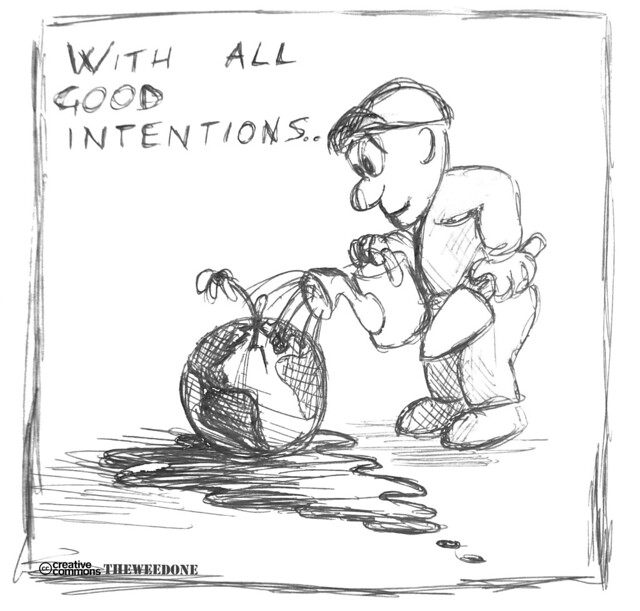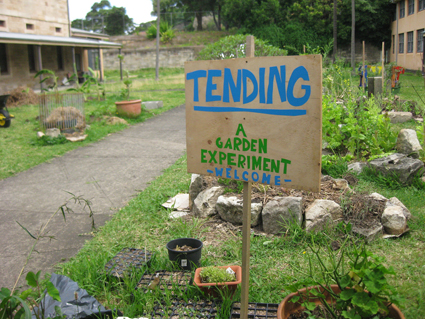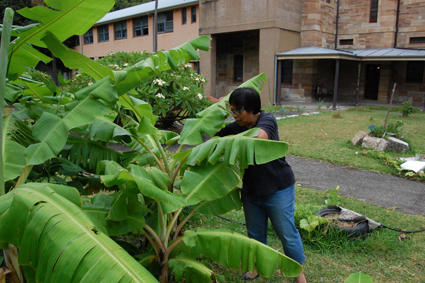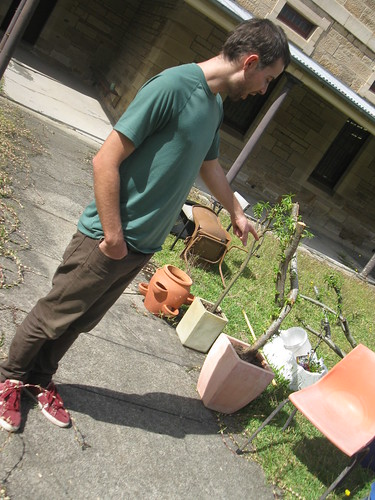[DIEGO]
..few things, first, last week I went along to one of the saddest moment of Tending (if not the only one): Betty, the manager of the Cafe’ at SCA didn’t get her contract renewed, so left the Cafe’!
On Thursday a number of people came along for a bite and a thank you. One last bite at Betty and staff’s food and a thnkyou, for that food, the laughs, the chatty times, the support, the hints and advises, and -as for Tending’s direct benefit- the plants, the compost, the coffee, the cakes, the recipes, the keen involvement and general great, outstanding support..
Now you understand why I feel sad about the departure..
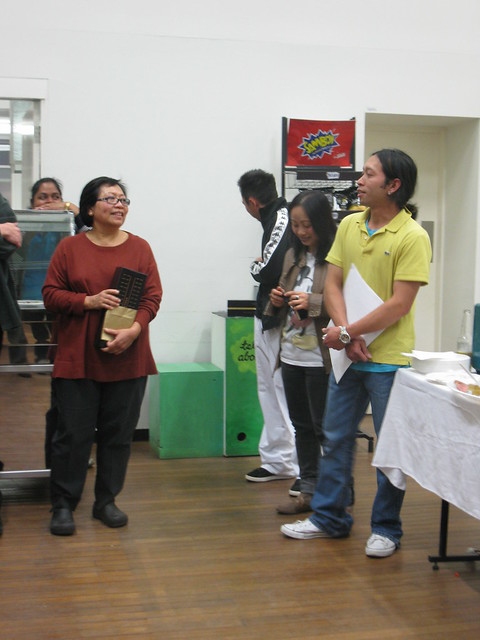
But as they say, bad news never come alone, they come in triplets.
Second bad news is that Tending didn’t get the funding it applied for, which means we are now officially in limbo: the end of June marks the end of the year ‘contract’ originally envisaged by Ross Gibson, to start off this pilot adventure, and indeed it has been an adventure, and a far-fledged one on that regards too.
We are still waiting for another application lodged in which might rescue the research project, but as it stands we will have to cull our enthusiasm and hold back our dreams of food forests, effective integration of agricultural practices within an art curricula and definitely, most definitely, no wink at relational art as a legitimate tool for social interaction..
Third reason to be sad is personal, weeds.
As the news came in that we didn’t get the research grant, the campus management decided to act on some complains from the public, who allegedly were concerned for the safety of Callan Park, particularly in regards to the possible encroaching of weeds on the surrounding areas.
It was also felt that a general tide-up of the courtyard were Tending is hosted was due, to satisfy care-taking commitments in regards to Richard Goodwin’s artwork Carapace.
It is my experience as a crusader battling for the reappraisal of the value of ‘weeds’ (whatever that might mean), that most gardeners and ground keepers understand my concerns and appreciate the logic behind it. They are tightened up by the constrictions of presentation though. When something looks ‘unruly’ it is deemed to be messy, unhealthy, poorly managed and therefore un-economic.
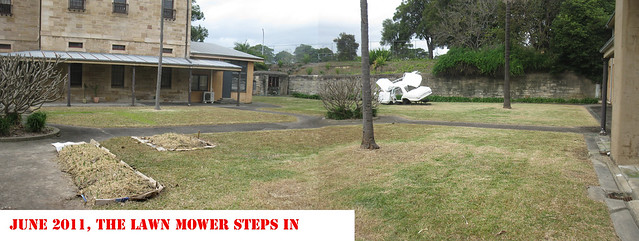
The people coming over on the week-end did an amazing work, there was a lot of organic material in that back block, which got collected and removed. They went around and pruned the bushes, see here the cassia (I believe) and the frangipani.
Me and Michele were a bit concerned about the use of Round-up though, which apart from the fact that it is highly un-ethical to use the poison anywhere near growing vegetables, it is also illegal within the boundaries of the Leichhardt Council.. carefull guys, you might follow-up on some complains by a dissatisfied citizen, yet you might also be liable for using restricted products on public land..
With all due respect of course.
I’ll finish off with a cartoon I made to complement an article which hopefully is gong to be published on the Plant Protection Quarterly, the leading scientific journal from Australia featuring local and international original papers on all aspects of plant protection:
